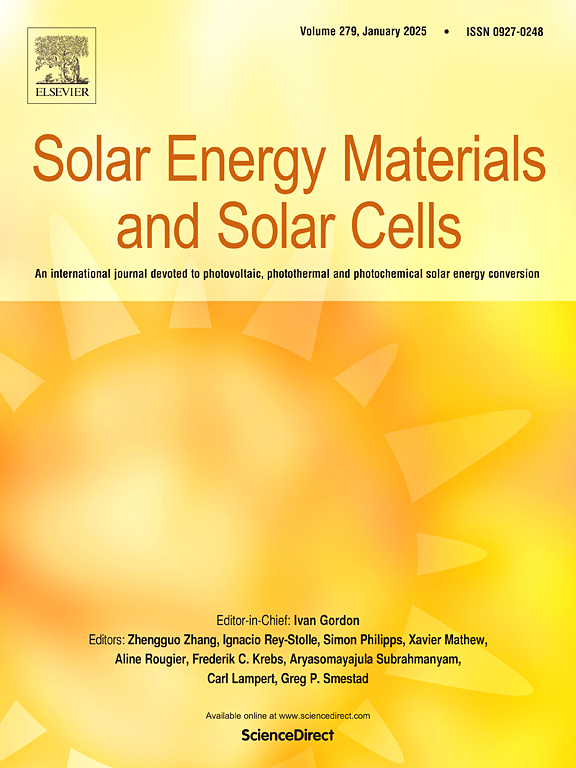Flexible biomass-based phase change materials: L-N-Ti for environmentally friendly thermal management
IF 6.3
2区 材料科学
Q2 ENERGY & FUELS
引用次数: 0
Abstract
Traditional phase change materials (PCMs) offer broad application potential but face challenges such as environmental unfriendliness, high rigidity and poor heat transfer performance, resulting in low utilization efficiency. In this study, using biomass loofah sponge (LS) as the main framework and natural rubber latex (NRL) as the flexible modifier, the biomass-based PCMs (L-N) were successfully synthesized after encapsulating lauric acid (LA). The addition of nano-TiO2 further enhanced thermal conductivity, ultimately leading to the development of flexible composite PCMs, L-N-Ti. In-depth characterizations revealed that the introduction of NRL significantly improved the system's strength and toughness, with tensile strength peaking at 1.161 MPa at 19.2 % NRL content, while maximum elongation at break reached 38.65 % at 26.3 % NRL. The incorporation of 7.4 wt% TiO2 significantly boosted thermal conductivity to 0.57 W/(m·K), a 185 % increase over the unmodified material. Simultaneously, the energy storage efficiency (Em) of L-N-Ti consistently exceeded 89.89 %, with only a 9.34 % loss in latent heat of fusion after 100 thermal cycles, indicating robust thermal stability. The successful advancement of L-N-Ti not only addresses the mechanical constraints inherent but also offers a sustainable biomass-based solution for effective thermal management within the 20°C–60 °C range.

求助全文
约1分钟内获得全文
求助全文
来源期刊

Solar Energy Materials and Solar Cells
工程技术-材料科学:综合
CiteScore
12.60
自引率
11.60%
发文量
513
审稿时长
47 days
期刊介绍:
Solar Energy Materials & Solar Cells is intended as a vehicle for the dissemination of research results on materials science and technology related to photovoltaic, photothermal and photoelectrochemical solar energy conversion. Materials science is taken in the broadest possible sense and encompasses physics, chemistry, optics, materials fabrication and analysis for all types of materials.
 求助内容:
求助内容: 应助结果提醒方式:
应助结果提醒方式:


